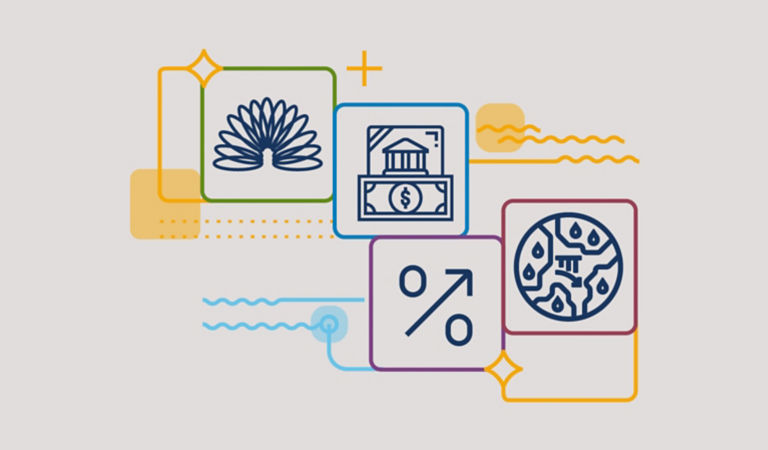“Mere inflation — that is, the mere issuance of more money, with the consequence of higher wages and prices — may look like the creation of more demand. But in terms of the actual production and exchange of real things, it is not.” – Henry Hazlitt
Over the past few decades, many market participants and the US Federal Reserve (Fed) alike have become conditioned to believe the financial markets do a superior job of predicting the economic cycle versus their own forecasts. Indeed, Fed Chair Jerome Powell said as much in an October 2018 speech:
“Whatever the cause, in the run-up to the past two recessions, destabilizing excesses appeared mainly in financial markets rather than in inflation. Thus, risk management suggests looking beyond inflation for signs of excess.” – Jerome Powell
Fast forward to 2023: I believe it is this faith in the market’s ability to forecast recessions that has emboldened the Fed to continue its current interest-rate-hiking campaign to tame inflation — because, simply put, the equity and credit markets have not yet “broken” in the face of rising rates. In my view, however, the Fed is pursuing a dangerous strategy: The financial markets are not always reliable prognosticators of the next economic cycle, particularly with the US economy in a state of “money illusion” these days.
What is “money illusion”?
Money illusion is an economic concept whereby most consumers tend to view their income in nominal terms instead of in real (inflation-adjusted) terms. In other words, when their wages rise, their knee-jerk inclination is to buy more goods and services — without realizing that, despite the upward bump in their paychecks, they are actually worse off on a net basis than they were before, when adjusting for the increased prices.
For example, consider that real average hourly earnings in the US are virtually unchanged from pre-pandemic levels, even though real consumption is materially higher. Similarly, stock prices have been supported by corporate revenues that are higher now than they were pre-pandemic driven by this post-COVID surge in consumer spending. It is largely because of this relationship that equities can serve as a potential inflation hedge in investor portfolios.
Eventually, however, money illusion fades as consumers wake up to the reality that real incomes do matter, and that’s when the economic cycle typically begins to deteriorate. This is already starting to happen with real US retail sales adjusted for core CPI now declining year over year, which is often consistent with the onset of a recession (Figure 1).












